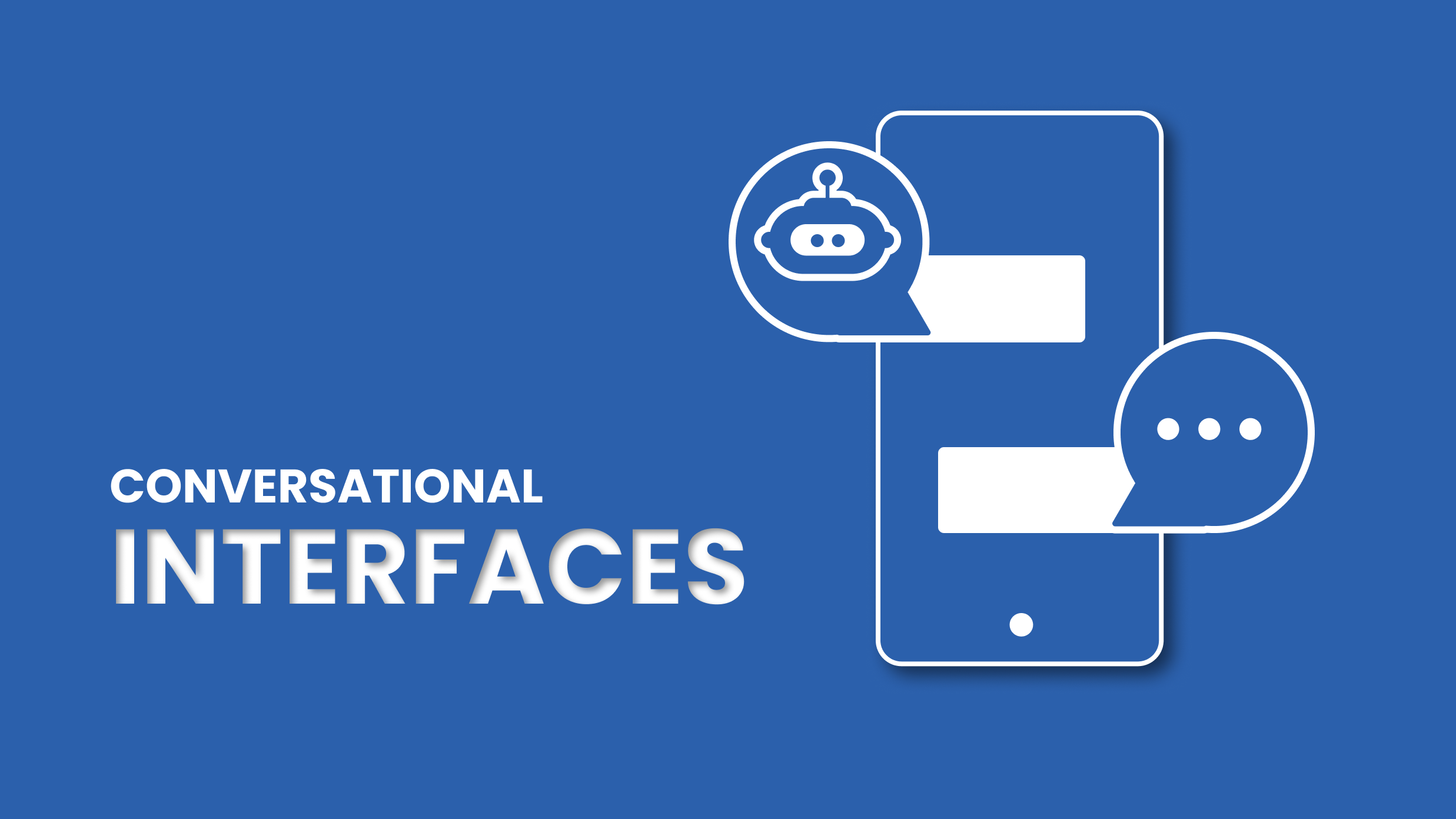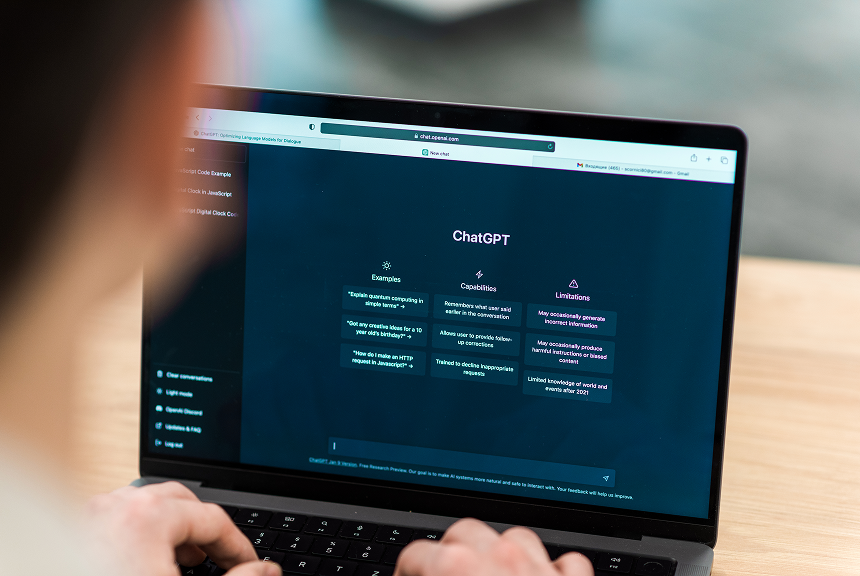
Conversational Interfaces: Towards an AI-Centered UX
Posted by Edison Casallas
March 6, 2025
Conversational interfaces—chatbots, voice assistants, or automated messaging systems—redefine how we interact with technology.
Thanks to AI and Natural Language Processing (NLP) advancements, these interfaces are becoming more sophisticated, intuitive, and essential for businesses looking to enhance the user experience (UX).
However, this revolution also presents challenges:
- How can we ensure smooth and efficient interactions?
- How can we avoid user frustration?
- What are the best UX practices for designing high-performing conversational interfaces?
In this article, we explore the impact of conversational interfaces on UX, emerging trends, key challenges, and best practices to optimize the user experience.
1. The Rise of Conversational Interfaces: Key Statistics
The adoption of chatbots and voice assistants is growing exponentially:
- 87% of consumers interacted with a chatbot at least once in 2023 (Tidio, 2023).
- The chatbot helps businesses save up to 30% of customer support costs by answering 80% of repetitive questions. (Invespcro).
- 70% of CEOs stated that generative AI will significantly transform how their companies create, deliver, and capture value in the next three years (PwC, 2024).
- 86% of users expect chatbots to always have an option to transfer them to a live agent. (ResearchGate 2023)
- Instead of traditional mobile application development, more than 50% of enterprises will spend more per annum on chatbot creation. (Gartner, 2024).
- 47% of consumers are ready to make purchases using a chatbot. (Hubspot)
- The most common uses of chatbots are sales 41%, customer support 37%, and marketing 17%. (Intercom)

Image by Freepick
2. The UX Impact of Conversational Interfaces
A More Natural and Intuitive Interaction
Unlike traditional graphical interfaces based on buttons and menus, conversational interfaces allow users to interact using natural language (if powered by NLP). This simplifies the user experience by reducing cognitive load and making navigation smoother
Increased Accessibility
Conversational interfaces make digital services more accessible to people with disabilities (e.g., visually impaired users, and individuals with reduced mobility). They also enable screen-free interactions, which is beneficial in hands-free environments (e.g., cars, kitchens).
UX as a Facilitator of Misinformation
In UX, designers are responsible for aesthetics, functionality, transparency, and ethics in user experiences.
A More Personalized Experience
AI-powered interfaces analyze user preferences and adapt responses based on context. Virtual assistants like Google Assistant and Alexa use machine learning to offer personalized recommendations, enhancing user engagement.

Image by Freepick
3. UX Challenges to Overcome
Avoiding Frustrating Experiences
A poorly designed chatbot can frustrate users. According to a PwC study (2022), 60% of users abandon a service after a poor chatbot experience. Key reasons for dissatisfaction include:
- Inability to understand complex queries.
- Generic and impersonal responses.
- Lack of smooth handover to a human agent.
Ensuring a Consistent User Experience
Conversational interfaces must integrate seamlessly within a company’s digital ecosystem. Users should be able to switch between a chatbot and a graphical interface without confusion. UX design must ensure continuity and coherence across platforms.
Finding the Right Tone and Personality
The conversational experience should reflect the brand’s identity. A serious, formal banking chatbot will have a different tone than a dynamic fashion retail chatbot. Defining a chatbot’s personality is crucial for creating an emotional connection with users.

Image by Freepick
4. Best Practices for Designing Effective Conversational Interfaces
Define Clear Use Cases
A chatbot should serve specific needs (e.g., customer support, recommendations, guidance). A chatbot trying to do too much may become ineffective. It’s better to start with a focused scope and expand features over time.
Leverage NLP and AI for Better Understanding
Advancements in NLP enable chatbots to interpret user intentions more accurately. Integrating machine learning algorithms helps refine responses and minimize common misunderstandings.
Use a Hybrid AI + Human Approach
If a chatbot cannot handle a complex request, it should smoothly transfer the user to a human agent. According to an IBM study (2022), 48% of users appreciate chatbots but want the option to speak with a human when needed.
Continuously Test and Iterate
Like any digital interface, a chatbot should be tested in real-world conditions to identify friction points and improve its effectiveness. Analyzing conversations and gathering user feedback help refine the experience and enhance performance.
5. The Role of Chatbots in Healthcare
This topic is quite complex, and chatbots can play a crucial role in various aspects, from clinical to economic. Here are some ways chatbots can support healthcare:
- Providing 24/7 assistance – Patients can receive instant responses to common medical inquiries, reducing healthcare professionals' workload.
- Preliminary diagnostics – AI-powered chatbots like Babylon Health analyze symptoms and suggest appropriate actions.
- Treatment monitoring – Solutions like Woebot help patients track their treatments or manage mental health through interactive conversations.
- Reducing costs – According to an Accenture study (2022), chatbot use in healthcare could save up to $20 billion per year by minimizing unnecessary consultations.
📢 However, there are potential risks associated with using this technology in healthcare. I will share more detailed research on this topic in my next publication.
6. The Future of Conversational Interfaces in UX
With continuous improvements in NLP and the integration of advanced AI models like GPT-4 and Bard, conversational interfaces will become even more sophisticated and ubiquitous.
💡 Key trends to watch:
- The evolution towards multimodal chatbots (voice + text + image).
- The integration of emotional AI to detect user sentiment.
- Enhancements in augmented and virtual reality-based conversational interfaces.
UX/UI designers will play a crucial role in ensuring that these technological advancements truly meet user needs and enhance their experience.
📢 How do you envision the future of conversational interfaces?
Feel free to share your thoughts in the comments!
Bibliography & Sources
PWC - The future of customer experience in an AI-driven world
Maryia Fokina / The Future of Chatbots: 80+ Chatbot Statistics for 2025 / Tidio
Statistiques clés sur les chatbots pour 2025 : Perceptions, croissance du marché, tendances/ Botpress / 2024




